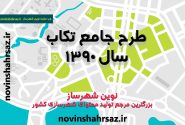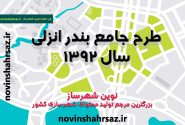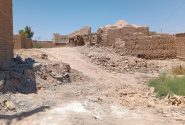The Mediterranean city represents a significant example of urban organism, based on masonry construction and characterized by typological processes of growth. The material consistency and the temporal continuity of built heritage in Mediterranean city make relevant its interpretation and analysis according to the resilient approach. The declination of this approach in many disciplines generated a substantial diversity among the definitions of resilience (Francis and Bekera, 2014).
Consequently, frameworks, adopted for a quantitative or qualitative assessment, underline the lack of standardization and rigor in defining resilience measurements. A review of resilience literature and actual applications in urban context permit to understand that there are different operators working on the field: on the one hand there are international organizations, on the other hand there are academics. The review of both the two ambits of investigation intends to clarify specific properties and convergence points in order to trace an evolution of conceptual framework and to identify general features of urban resilience. This process is fundamental in focusing the main aims of the research program: the definition of the role of urban built heritage, given by the close correlation between masonry constructive technique, typologies and morphologies, its material value in urban system, and its relevance in Mediterranean city in constitution of urban resilience (UNISDR, 2012a). Despite an increasing number of academic studies concerning the role of built environment in defining and improving cities resilience, their major attention is still focused on street patterns and lifelines infrastructures. The paper concludes how the role of built heritage remains insufficiently explored and a correct definition of urban structure is still missing inside the domain of infrastructural resilience. The full file of this article can be downloaded for free























